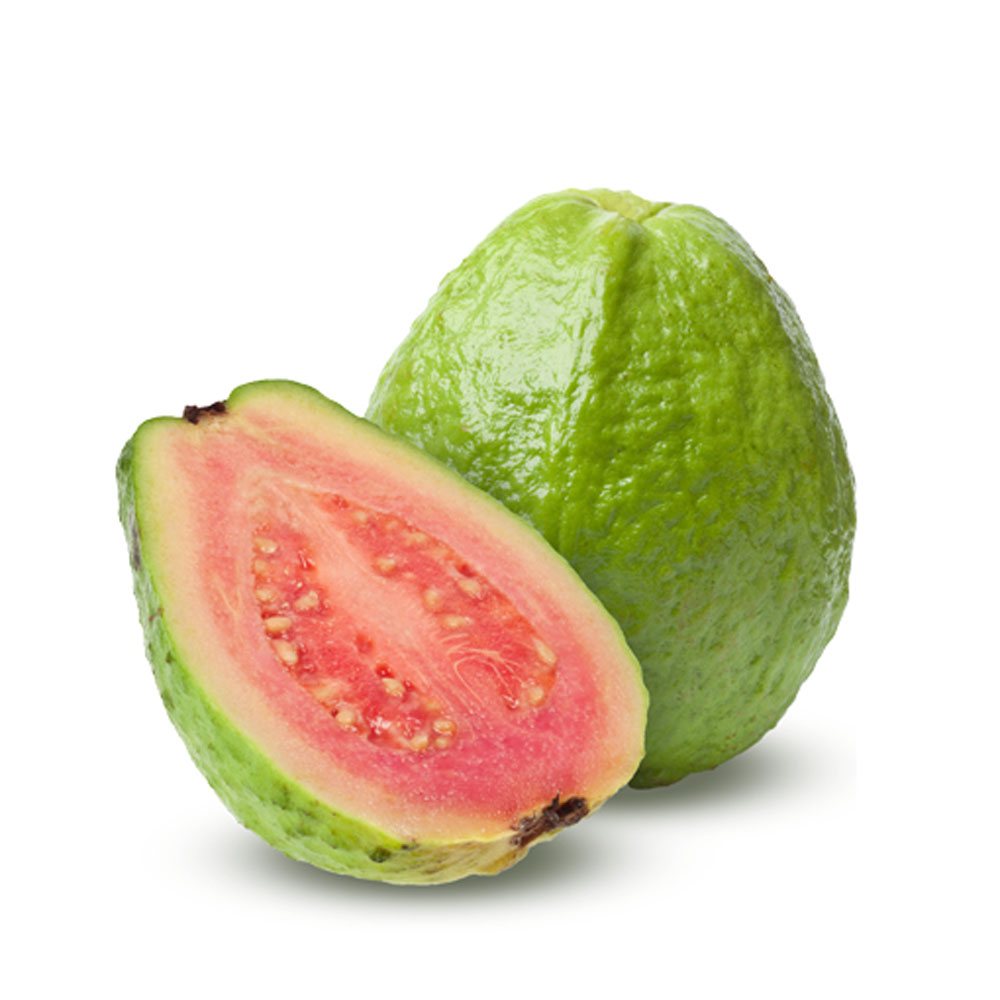It’s called Jambu Batu in Malaysia, Jambu Merah in Indonesia and Perakka or Amrood in India – the guava fruit – yet not native to those countries. It is a tropical fruit native to Mexico and the Caribbean and comes in varieties
The guava that is seen in Jamaica has a green to yellow furrowed skin and the core may be white or deep pink and very aromatic. Belonging to the diverse Myrtaceae family of plants, Guava is related to other aromatic plants like the pimento or allspice, cloves and other spices, Otaheite apple and eucaplytus. It is the powerhouse of plants, with all parts, from the seeds and the fruit to the leaves and the roots serving the purpose of providing energy and possessing healing properties.The seeds are edible; Guava is one of the few fruits that when preparing to eat does not require one to remove the seeds to enjoy it in its entirety although having too many of the seeds can result in one needing a bathroom. The fruit alone is rich in dietary fibre but it has been researched that the seeds work as a laxative and can act as relief for constipation. Oils are also produced from the seeds that cosmetic companies bottle for sale as an additive for the manufacture of soaps, creams, lotions and for massage. Guava seed oil is used as an astringent to clean and reduce the appearance of clogged pores and is an excellent moisturizer. It is high in Lineoleic acids, vitamin A and E that is known for reducing the harmful effects of ultraviolet rays of the sun on skin, thus acting as an anti-aging agent. Used in some hair products, it has been said that the oil has properties that strengthens hair and prevents hair loss. There are even companies that distribute the fruitfragrant oil for cooking purposes.The benefits of the guava are immeasurable, with researchers discovering more about its medicinal properties and culinary experts experimenting with its fruit to make delectable cuisine every day. There’s no second-guessing the guava’s powerful nature, so by the time you finish reading this sentence we expect that you would have at least sourced some of the fruit to try a sweet purée (since that’s the easiest thing to make in the comfort of your home) and if you’re not convinced do a little research of your own.

